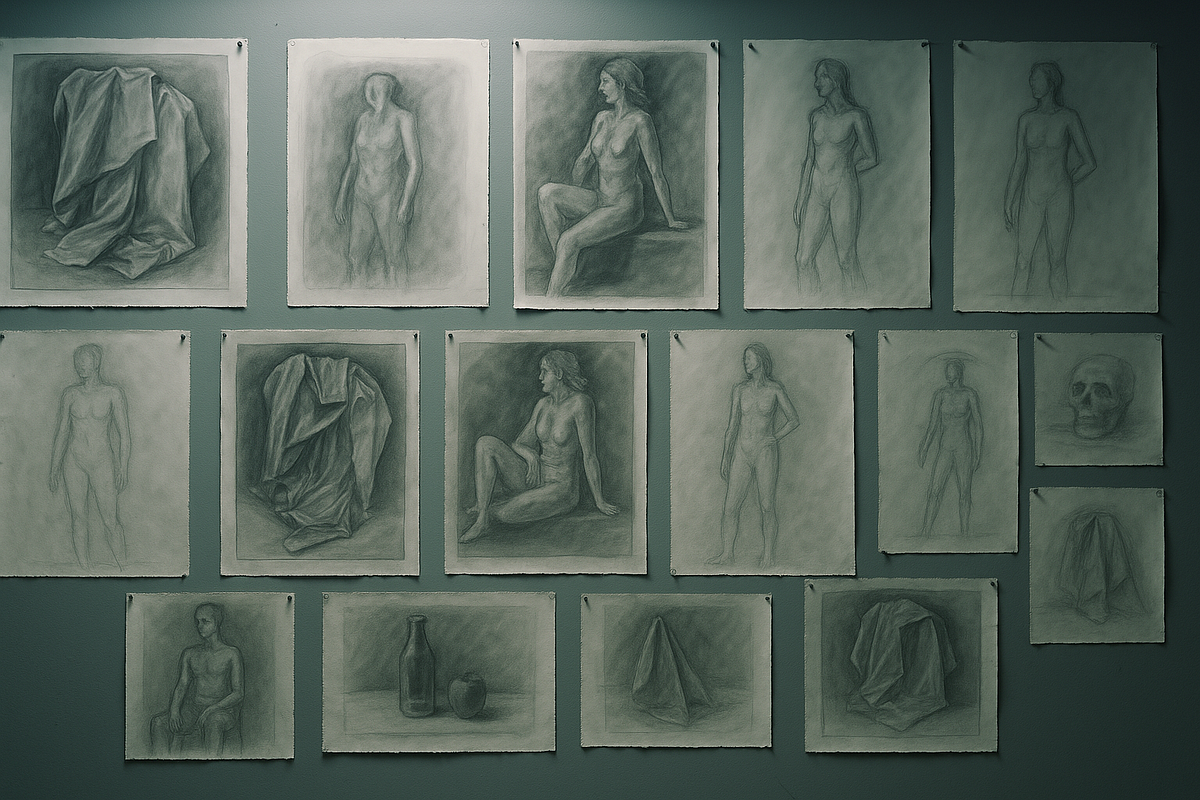
"Listen to a few podcasts with designer A talking to designer B in echo chamber C, and you'll likely hear it a few more times. We're talking about taste like it's the thing that will keep the cyber robots from stealing away our jobs. It's not that I disagree. But I think once again we've rushed out of our way to promote exactly the wrong word to convey what we really mean."
"When I hear the word taste, I often think about fashion. Somebody who dresses well is often considered to have great taste, but what does that really mean? Is it something born within us, or is it developed over time? Despite deep respect for people with good fashion sense, there's a truth that often floats above the mystique of someone's innate ability of looking sharp: To dress well is to dress appropriately."
"When I was in art school, we used to have some bang-out critiques - some real barn burners, if you want to know. Unlike my business-credit-taking dorm buddies, fine art studio sessions were often three-hour jams that culminated in everyone hanging up their work for stark and uncomfortable examination. We learned techniques from the old masters to create wonderful studies of light and shadow on objects, scenes, and eventually the human figure, culminating with ourselves in portrait."
Taste is commonly invoked as a defense against automation, but the practical qualities underlying taste are experience, judgment, and context awareness. Dress sense exemplifies appropriateness: anticipating a rainstorm and choosing suitable clothing shows judgment more than innate flair. In design, the term 'taste' obscures the time, practice, and arbitration that produce good decisions. Formal critique and studio practice build those abilities. Techniques learned from masters—observing light, shadow, material, and process—train perception and decision-making. Repeated exposure and critical feedback convert technical skill into the judgment required to make contextually appropriate, defensible design choices.
Read at Medium
Unable to calculate read time
Collection
[
|
...
]